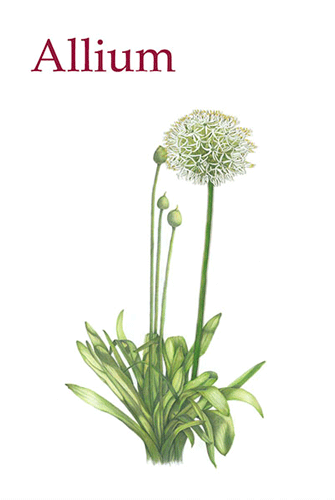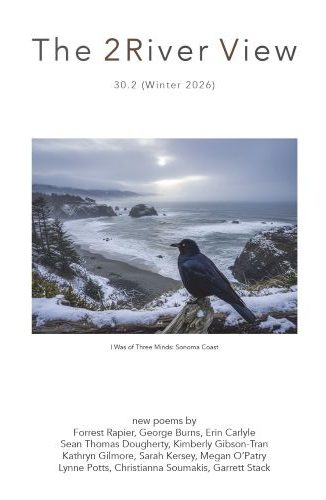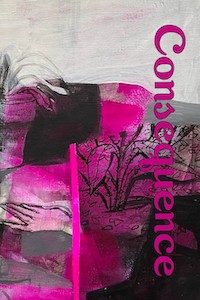The poems in Jonathan Fink’s debut book The Crossing were a decade in the making, and it shows with well-crafted language and imagery that broadens expectations of modern poetic narrative, while still carrying a torch for more formal styles of verse. An artist takes his whole life to construct a debut work, and Fink himself has stated that the main struggle in a first outing is to know when to stop fiddling with the pieces and release them from the nest. But Fink’s patience has paid off and he has made all the right moves here, even garnering an introduction from former U.S. Poet Laureate Natasha Tretheway. The poems in Jonathan Fink’s debut book The Crossing were a decade in the making, and it shows with well-crafted language and imagery that broadens expectations of modern poetic narrative, while still carrying a torch for more formal styles of verse. An artist takes his whole life to construct a debut work, and Fink himself has stated that the main struggle in a first outing is to know when to stop fiddling with the pieces and release them from the nest. But Fink’s patience has paid off and he has made all the right moves here, even garnering an introduction from former U.S. Poet Laureate Natasha Tretheway.
Fink is careful to reveal the poems in time, presenting a subtle mastery of context that leaves the reader little choice but to dig in and revisit them more than once, as though returning to the garden to observe a budding rose. A first read might uncover the poetic wonder and embedded history in the outwardly mundane, such as poems about a clock and a lighthouse keeper. But repeated visits reveal the true care and feeding these pieces received to become compelling, and many of these poems, due to their loose but mindful narrative free verse, put the reader comfortably inside these pieces with little effort. Fink hones his perspective to a pin’s point, focusing on nothing but the language of the moment, in whatever context lies before him.
The well-structured poems in “The Promise of the Body Is Its Dream,” based on Da Vinci’s drawings and sketches, bring to the imagination a poet sitting on an art museum’s bench, notebook on lap, scribbling verses while nearby art students sketch. Fink’s depictions of Da Vinci’s High Renaissance sketches become immersive as the poet creates a living world from skeletal lines on parchment paper. In “Design for a Flying Machine,” Fink brings such a sketch to life:
He turns from side to side,
the dust in air, as shingle tiles release and shatter
on the street before the gathered crowd.
He knows their faces, even as they squint
into the sun.
The slightly-grisly “Coroner’s Song” breaks the human body down to its base practicality. Even the heart, a universal symbol that sometimes teeters on cliché in lesser poems, becomes “just common meat / drawn from its cage,” while noting the immense length of the intestine as it coils on an antiseptic tray.
Beginning the second section, “The Captive” is a free form narrative of high school bullying that explores racial attitudes while growing up in rural Texas, allowing the poet an opportunity to reflect on his non-action during a series of highly-charged events:
What made me silent then? The fear of being hit myself?
But fear is more a symptom than a cause and when I
did not say a word, I took my place among the people
I despised [ . . . ].
And when the bullies were eventually arrested for the rumored assault of a girl:
I could have said most anything—a word of tenderness, a wave
or nod. Instead, I made myself a statue in the dark, no different
than the plywood sets around me or the busts and pillars
“A Pound of Flesh” is another look back at the poet’s youth, as he worked in a steakhouse after high school. Seeking a reprieve from the sweltering Texas heat by cooling off in the meat freezer, he eluded the harassment of the cooks and difficult customers for modest tips and a choice sirloin from the kitchen.
Fink also flirts with more formal styles, such as in “Paradise,” keeping all but two of the lines at ten syllables, as if to include a silent statement of human imperfection. In “Passage,” Fink continues the slight formality of verse by using two lines in repetition to move the poem along: “It’s not the past, but passing to be mourned” and “how quickly memory tempers into form.” Those two lines could nearly be poems on their own.
“The Discretion of Loss” is an agonizing account of a man deep in the lonely throes post-divorce and his roommate, a woman with a degenerative disease that requires his assistance, both of them trampled by memories of healthy, stable former lives.
Adding to Fink’s exploration of historical topics, the grand finale is the 18-part “Conflagration and Wage: The Triangle Shirtwaist Factory Fire, 1911.” He gives free reign to the characters involved, from the child who is escorted by her father to her first day at the sweatshop to the workers who quickly age under such conditions, color fading from hair and skin as working in the shop becomes their only stimulus:
Within a week,
the back will tighten. Muscles of the neck
will ache. The shoulders and the hands,
the upper arms, will knot and cramp. The work
of time is like a specter in the room
Fink really shines when the fire breaks out, using the poetic “moment” to highlight the horrifying minutia of the event. The three sections called “Images from the Street” detail the disaster as men and women, young and old, hurl themselves from high windows as they try to escape the heat, smoke, and fire, willing to chance at life with broken bodies.
Jonathan Fink’s The Crossing is a worthy attempt at making a mark on the current literary landscape and readers who enjoy a story-telling narrative spirit in their poetry will find plenty of rewards within these pages.





